|
Kitchens present a unique organizing challenge because of its function in the home-- cleaning supplies, cooking supplies, appliances, and food all serve a purpose in a kitchen, but the combination of perishable items and long-term investments make for a confusing and often cluttered space. I've never been much of a chef, and I have a bad habit of letting my fridge and pantry dwindle down to ketchup packets and a single bag of flour, so for me, kitchen organization has always been an afterthought. But my boyfriend and his family have an almost completely opposite approach to food-- the house is always full to the brim with snacks, leftover meals, spices, and raw ingredients, and they cook so often that even those wedding registry waffle makers and impulse-buy novelty popcorn makers get used on a regular basis. Working as a professional organizer means encountering every kind of living space, from the barren to the overflowing, and cutting my teeth on an overstuffed kitchen allowed me to develop organizing systems and tricks that I can now pass on to you! Let's start with food: in any organizing project you always need to clear out every cabinet, shelf, box, and closet and pile everything together. This is the only surefire way to know exactly what you have and how much of it there is. Duplicates can sneak into your house during the months or years of disorganization, and if you don't see them for yourself, they'll just continue to multiply. Normally, I would then suggest making a keep pile, a donate pile, a trash pile, and a recycling pile. And while some food will be donated or disposed of, the majority will be kept, and therefore needs to be broken down into more categories right away. So pull out those paper grocery bags you've been hoarding and put them to use! As you notice common themes in your food (spices, pastas, crackers, cereals, desserts) label the bags accordingly and pile in the corresponding foods. Then you can group your like categories-- cereals and granola bars might make sense together, and chips and crackers can be paired up as snack foods. Once you've got your overarching categories, food can be returned to its home-- drawers of snack foods, shelves for breakfast foods, cabinets for soups and sauces, think about where you are throughout the day and what food you will be reaching for at that point. Quick breakfasts should be easily accessible to grab in the morning, candies and sweets may be better somewhere hard to access to avoid late night snacking temptation. While the majority of organizing in the kitchen can be done without buying any extra storage, there are a few products that can make a huge difference in how much you get out of your space, especially when it comes to heavy, bulky items like pots and pans and appliances. Spices can be stored laying down in a drawer or in a spice rack, but you can also opt for a tiered set of shelves like this one, which will give you access to all of your spices at once, without having to pull everything out of the cabinet. Pots and pans can be stacked vertically, but you are once again left to pull everything out of the cabinet and replace it if you need something from the bottom of the stack. Try an expandable organizer for pots, pans, and lids that can be customized to your needs, like this one to save space and make it easier to access everything you need. Finally, stack your awkward appliances by getting shelf dividers like these to avoid tumbling mixers and blenders. Now to tackle the junk drawers-- everyone has a collection of something, whether it be batteries, spare keys, receipts, take-out menus, or coupons. While it's likely you can get rid of a lot of this accumulated junk, you'll always need batteries and coupons, and it's better to create a system to organize them than to keep throwing them back into the same crumpled piles. Try separate folders for different papers, and lay these flat in a drawer. Bag or box up your batteries, spare keys, and pens so that you can pull them out whenever you need them, and know exactly where to put them when you're done. Pill bottles, vitamins, and supplements can be put into a separate drawer or stacked on tiered shelves like your spices. Keeping the junk drawer mentality out of your life will keep clutter from coming back into your kitchen and overwhelming the space again.
0 Comments
Leave a Reply. |
AuthorWrite something about yourself. No need to be fancy, just an overview. Archives
May 2018
Categories |
Proudly powered by Weebly

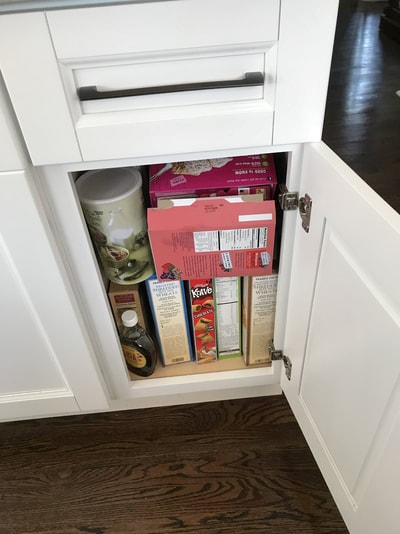


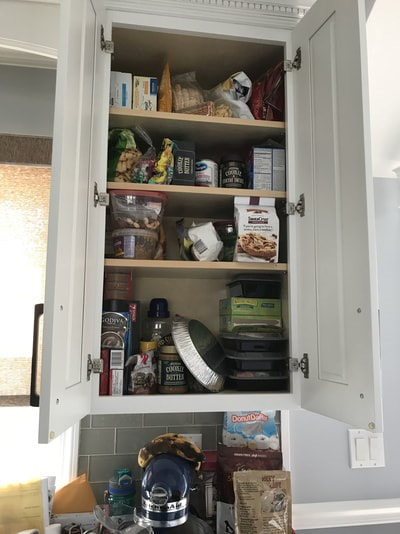
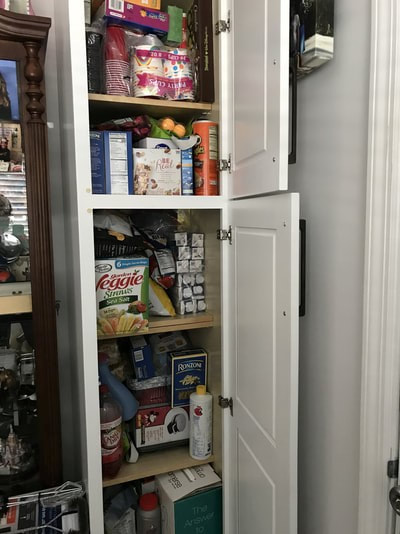







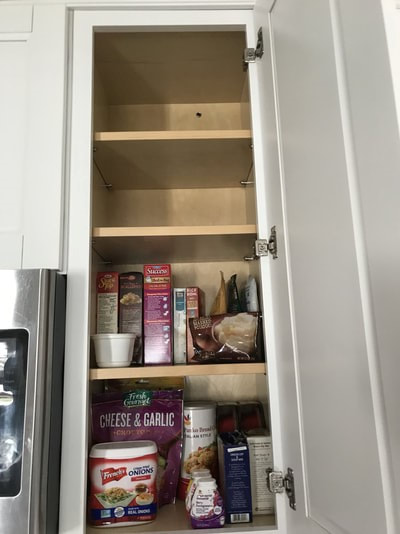

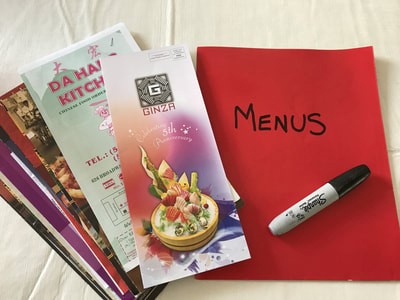


 RSS Feed
RSS Feed